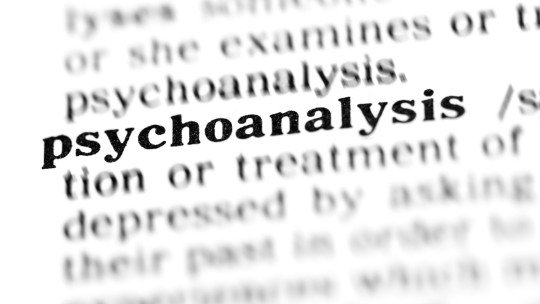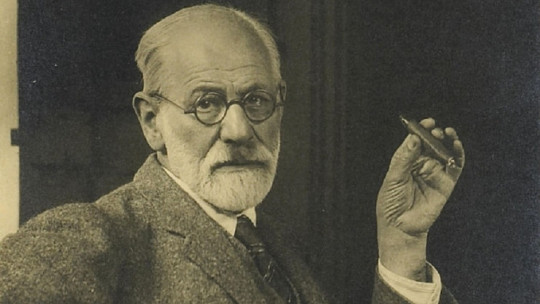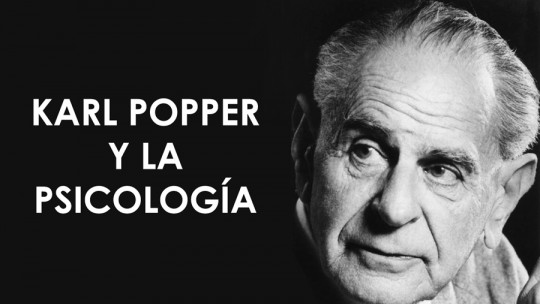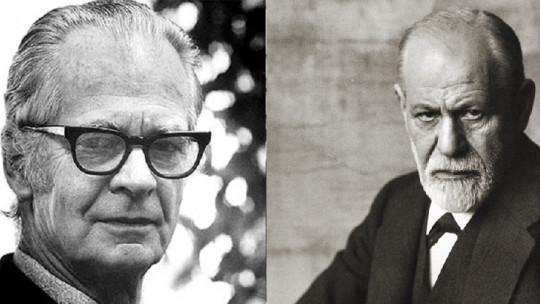Psychoanalysis has generated doubts since its origin, regarding whether it is valid as a theory and method for the improvement of diseases and the explanation of normal phenomena of the human mind With the work presented in this article I try to explain the way in which this theoretical current was built from its own history, being an original method in a world that strove to leave behind religious dogmas for the benefit of the study of sciences. natural, that influence changed the meaning of people’s problems.
The time in which the creator of Psychoanalysis was able to develop his theory was very short, however he was abundant in his contribution to the understanding of the psyche, Sigmund Freud himself considered Psychoanalysis to be unfinished ground, something that “will help deepen our understanding of the world and to reject many things that are known to be harmful.”
The psychoanalysis controversy
Talking about psychoanalysis today generates debates, discrepancies regarding whether it should continue to be a method to deal with the human mind, I expose in this work from its historical context how it occurred in the midst of a time when scientism was the norm, “Only the scientific method is capable of providing pure and objective knowledge, and any other form should be ignored” leaving out other explanations that deviate from the rigor of physics, chemistry and anatomy
We will have to go back in history to explain in a little more detail how the ideas and discoveries of the creator of psychoanalysis were presented to the world, especially to the medical community of that time, for Freud, but that was not entirely satisfactory. In the way he even expressed his ideas, it was difficult for him to antagonize his admired teachers and colleagues, taking a step further in the elaboration of his theory.
We will be located in the time of the 19th century and the place, the positivist philosophical current prevailed, the father of Psychoanalysis is immersed in a historical moment that opened the way to the observable, which demonstrated that it was true with evidence, reasoning and approach to issues of the human psyche was monistic, that is The mind and the body were one thing, so the issue of consciousness was the field of physiology and the psychology of the time was carried out within experimental science so the hypotheses of what caused symptoms or made people sick had to be replicated in various studies in order to leave speculation aside, moving away from the subjective.
At that time Sigmund Freud, in his youth and until he was 17, studied philosophy with Franz Brentano, a psychologist who was recognized for trying to reformulate the ideas of Herbart, a pedagogue who spoke of a subjective identity, in this regard he said that “the subject The human being is divided into a series of atoms repressed at the threshold of consciousness and that fight with each other to invade the latter”, this philosopher tried to find an objective way of speaking about the subjective, about what is inside, about that that is perceived within each person, the phenomenology of Brentano’s ideas propose that mental life is something that can serve as an object of reflection of the interior of another person.
But how can another person account for what goes on in someone else’s mind? Trying to explain the above in a fairly simple way, I would like to indicate that as long as there is reflection or thought about what is perceived on the outside, that is, in the actions of people, an explanation of what happens inside can be given. of a person, “Thus I consider that Brentano was for Freud a model teacher whose teaching indicated the way to follow in order to reconcile speculation and observation”
Freud also adhered to the ideas of Ludgwig Feuerbach, a German philosopher who followed Hegel’s ideas regarding materialism, “He showed that thought is the result of the activity of the human brain, so matter is not a product of activity.” of the idea, but rather that the ideal is the result of the material principle”, this shows how strongly the creator of psychoanalysis was influenced by philosophy, specifically philosophical speculation.
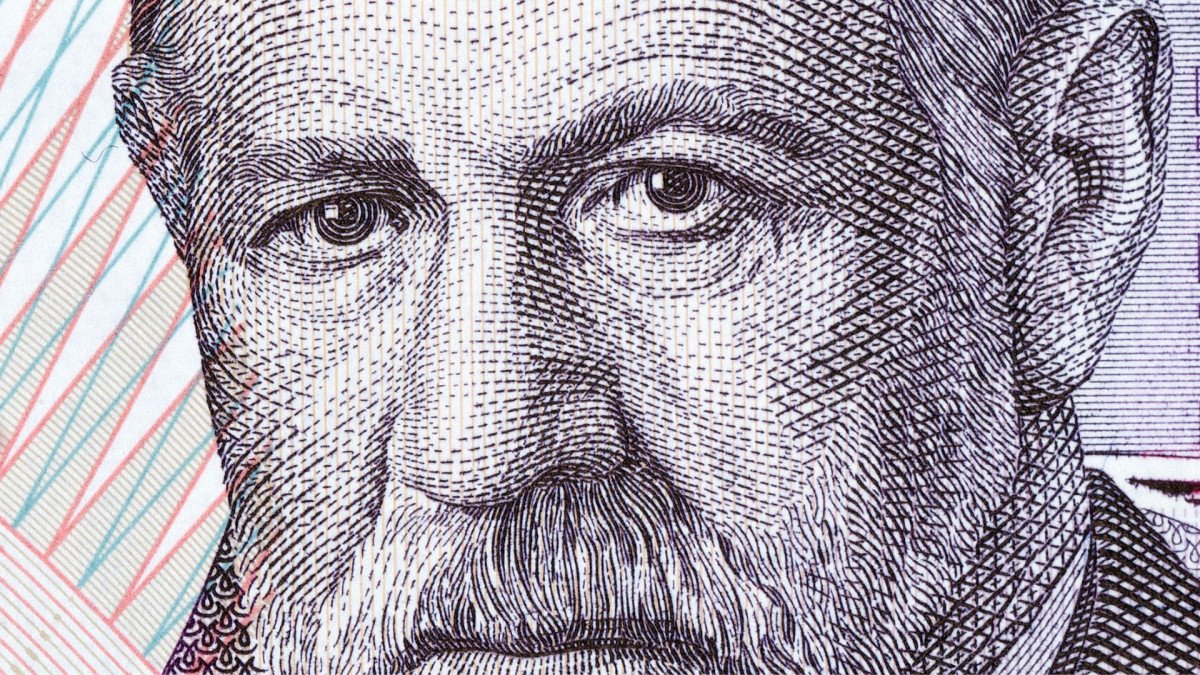
The change in history
Sigmund Freud could have been an excellent researcher of animal physiology since he did excellent work on the sexuality of eels with Master Brücke, who later encouraged him to study Medicine, but it was not until in a class with Jean-Martin Charcot , the eminent Psychiatrist of Paris who He became interested in the studies of Hysteria, explaining that the symptoms of hysterics had a neurological origin and not a “womb disease”, this disease was branded as “false”
Doctors at that time did not understand why certain paralysis in the body appeared without real and obvious physical damage. At that time, Charcot had a long career since he successfully treated hysterical symptoms through hypnosis and suggestion. Freud was there. He was an avid learner and soon understood his teacher’s approach to research, analyze, experiment and apply his ideas in clinical practice.
However, Freud was a subject who, due to his own personality, was distrustful of theories and as he lived with other intellectuals of the time he changed his course to have more answers regarding the origin of diseases of the mind, he learned the “abreaction” of Joseph Breuer and Berheim to accommodate the patient on the couch, giving way, giving rise to the “talking cure.”
Later in his “Psychology Project” he tried to correlate the brain and its structures with the psychic apparatus, this earned him severe criticism, as he could not maintain that all women who suffered from hysteria had been victims of sexual abuse , but he began to pay attention to what the patients said, listening carefully to the stories, whether real or imaginary, he left aside the calculation or mathematical evaluations of the attacks, and possibly, even despite Freud, it was the stories related to sexuality is what is important, the words, what the women affected by hysteria described; At that time, doctors focused more on investigating bodies (living or dead) and curing diseases from a purely physiological perspective; there was little interest in the relationship or bond that occurred between the patient and the Doctor.
Roudinesco comments that perhaps Freud “wanted it to be a science of the psyche,” however in his hypotheses to develop the theory he moved further and further away from the natural sciences and sought and found answers through other means such as the interpretation of dreams, allowing us to speak. to patients to discover the unconscious and subsequently creating the rule of free association.
In addition to being an intellectual, Freud was a clinician and sought symptomatic relief through technique, thereby gradually discarding the causal explanations for the manifestations of neuroses, thus “Freud was able to rely on the spontaneous production of material by his patients. Through interpretations and constructions he could reach repressed memories.”
Life was not enough for Freud to close the way to establish the system of the Theory of Psychoanalysis, he attempted with what was within reach to give an account of a naturalistic explanation of the affairs of the minds of human beings, however, the originality of Freud’s Theory that tried to mediate between the scientific and the philosophical, it has been judged to be unverifiable due to the hegemonic form of its time, remaining an incoherent Theory, however there is a key point at the base of the theory of Psychoanalysis
According to Paul-Laurent Assoun “Freud’s conception of the epistemic status of the science of the psyche is reductivist, and this reductivism is what bases his epistemological monism” in other words, Psychoanalysis is based on itself, leaving explanations in his works trying to found the theory from three metapsychological points: Topical, dynamic and economic, after Freud’s death other authors added explanations regarding the genetic, structural and adaptive
The Psychoanalytic Theory attempted to fit into issues of epistemological verification, demanding the assumptions of the verification of the scientific method; however, it is the method of discovery of meanings that crystallizes Psychoanalysis in some way; prior to Freud there was no form or method. to find the meaning of the unconscious, until a scientific and systematic method was structured in the interpretation of dreams to access the unconscious material.
There is a curious and strong point of Psychoanalysis. “in clinical discoveries they can lead to new theoretical formulations, which in turn can sharpen our perceptivity and technique, so that new clinical knowledge is achieved” adding that “the work of the psychoanalyst must continue to be a scientific discipline; it is imperative that he retain the ability to oscillate between the use of empathy and intuition on the one hand and his theoretical knowledge on the other.”

A proposal for those who need to speak and be heard
In psychoanalysis, the patient is invited to discover the meanings of the loss of his well-being and what so much pain and anguish generates, opening a door to talk about his truth. Something clear for therapists is that from The rule of abstinence (not satisfying the patient’s demands or playing the roles that he tends to impose on him) is shielded by giving the patient the meanings and causes of his symptoms since doing so only risks the Therapist’s responses guiding the treatment, and this rule is necessary to exercise dialectics with sufficient distance in the consultation.
Freud in his Outline of Psychoanalysis indicates the usefulness of Psychoanalysis not only in psychopathology but in common life in “the very frequent and daily failed acts, such as forgetfulness and oral and written mistakes, etc., and in the dreams of men. healthy and psychologically normal”, the purpose of his writing “Psychopathology of everyday life” explains in a simple way how these acts have meaning from the unconscious.
The objective of Psychoanalysis since its origin has been to resolve the truth of suffering and explain it from reason. Freud himself came from a tradition where intellectual discipline was the standard. Fromm describes in a very clear way the intention of the father of psychoanalysis. Psychoanalysis… “He had a strong interest in overcoming the forces of ignorance, irrationality, and superstition that closed the way to his own emancipation and progress.”
Understanding under these circumstances the reading that I make about it is that one of the purposes of the psychoanalytic approach is to give the subject who suffers the ability to value from his truth and from his explanations the meaning and meaning of why he has become ill and to enable that the person observes, understands and tolerates how he can process the unfortunate situations in his life.


